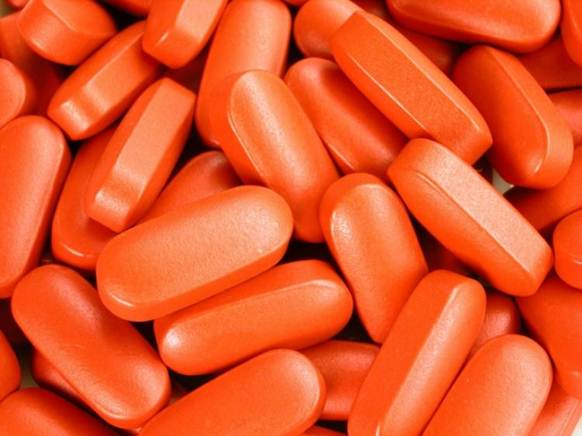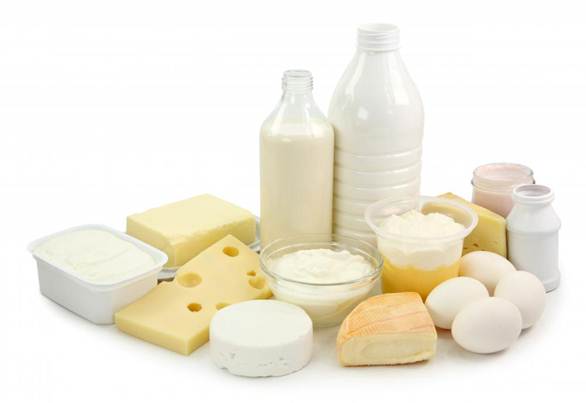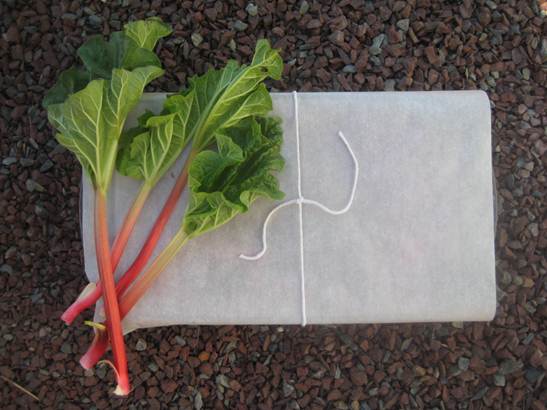Osteoporosis is a disease that makes your bones weaker and
easily broken. Anyone can have osteoporosis, but the disease is most popular to
women at old ages. You can prevent osteoporosis by observing a healthy diet
that is rich in calcium. Your body loses calcium every day through normal
physical activities like hair and nail growing. If you don’t receive enough
calcium from your diet, the calcium will be taken from bones.
Calcium and vitamin D

Adults who are
under 50 years old should absorb 1000mg of calcium daily.
The National Osteoporosis Foundation recommends adults who
are under 50 years old should absorb 1,000 mg of calcium daily. People who are
over 50 years old are 1,200 mg. If you receive enough calcium from foods, you
don’t need to take calcium supplements. If you choose to take calcium
supplements, you should limit the daily calcium absorptions with 2,500 mg in
maximum. Vitamin D helps the body use calcium. People who are under 50 years
old should absorb 400 to 800 IU a day. People who are older than 50 years old
should have 800-1,000 IU vitamins a day. Although you don’t need to take
calcium supplements, you can still provide yourself with vitamin D supplements.
There’re ideas supporting that you can only absorb 500 mg calcium at a time, so
you should have foods that provide you with calcium.
Recommended foods

Calcium-rich dairy
foods include yogurt, milk, cheese, cream and pudding.
Dairy foods are rich in calcium, you should choose low-fat
milk. If intolerable to lactose, you can choose non-lactose milk or enzyme
pills like Lactaid. Calcium-rich dairy foods include yogurt, milk, cheese,
cream and pudding. Choose foods that are provided with calcium, such as cereal,
orange juice and calcium-added soy milk. Vegetables that are rich in calcium
include collard, turnip greens, bok choy, broccoli and kale. Tofu that is made
with calcium sulfate is a rich source of calcium.
Increase calcium in your diet by adding a spoon of milk
powder in foods. Prepare soup based on chowder and tomato cream. Serve
breakfast made up of milk like frozen yogurt, milk shake, pudding and cream.
Make yourself sweets for light meals by combining frozen berries with milk.
Foods to avoid

Rhubarbs prevent
the body from absorbing the calcium it contains.
Some foods can interfere with calcium absorption and should
be used moderately. They are caffeine drinks, sodium, alcohol, oxalate, phytate
and rich-protein foods. Lessen the sodium absorption to 2,400 mg/day to prevent
the fact that calcium is excreted through urinary tracts. Foods that have
oxalate include rhubarbs, beet green and spinach. Those foods prevent the body
from absorbing calcium they contain, but barely show the same effects on the
calcium absorption of other foods.
Pinto bean, pea, navy bean and wheat bran are rich in
phytate. Before cooking beans or legumes, soak the bean in water for hours,
then remove the water and cook the bean with clean water. By doing that, you
can reduce the amount of phytate in beans. Wheat bran is one of foods that
reduce the probability of calcium absorption in other foods that are eaten at
the same time. If you have milk with wheat bran, you may not be able to absorb
calcium from milk.